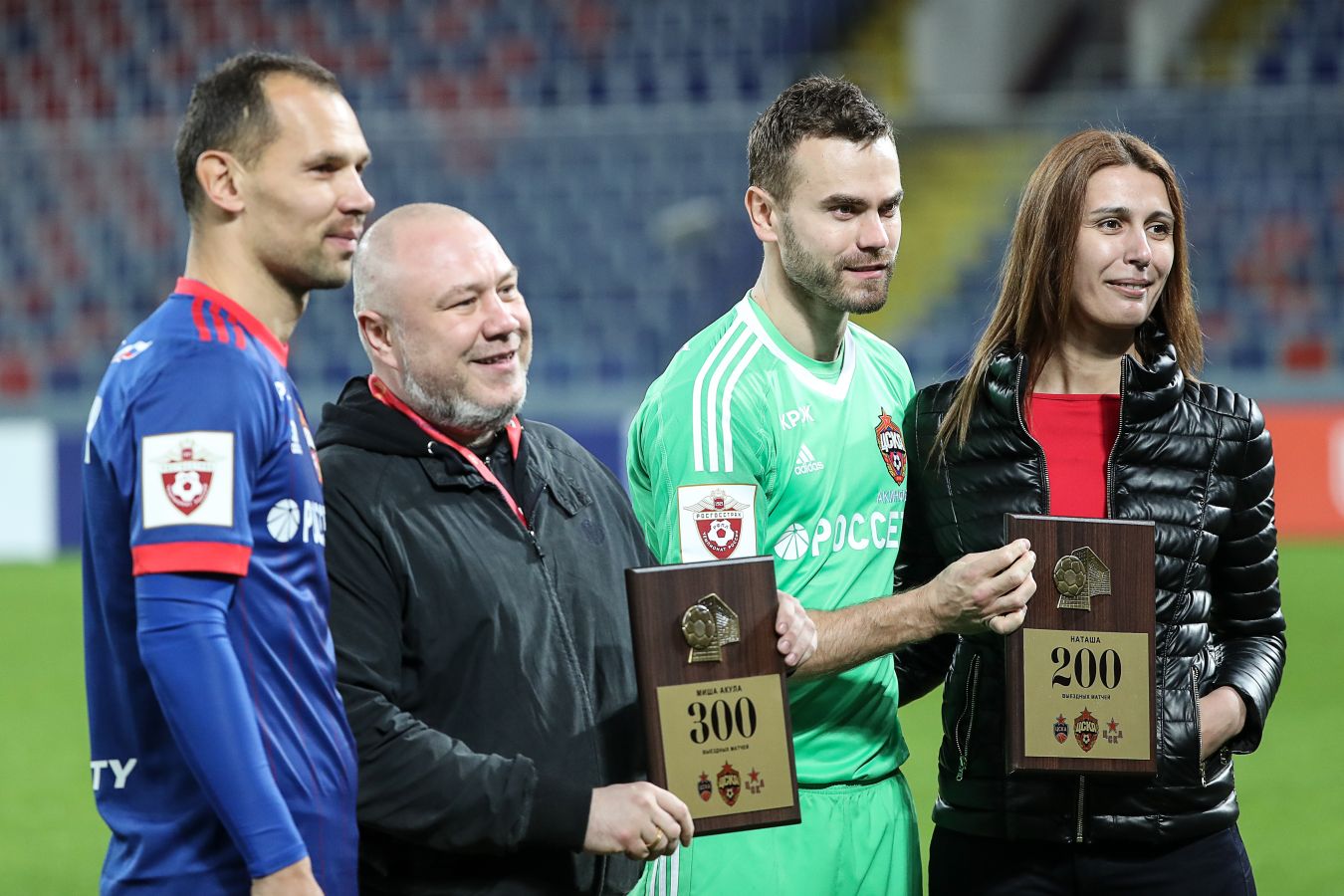As Londoners marked VE Day nearly 80 years ago, much of their city lay in devastation, including several historic churches designed by Sir Christopher Wren in the late 17th century, which had been erected in the wake of the Great Fire of London.
While some churches were restored or reconstructed, others stood as mere remnants, turned into small public parks defined by a solitary wall or tower. One church, however, had an entirely different fate; it was meticulously disassembled brick by burnt brick and transported over 4,000 miles to be reconstructed at a college in the American Midwest.
What circumstances led St Mary Aldermanbury to find its new home across the Atlantic, and what is its purpose today?
Although St Mary Aldermanbury met its end during the Blitz, it had previously suffered destruction. Established in the early 12th century, the original medieval church succumbed to the Great Fire in 1666 and became one of the 52 structures, including St Paul’s Cathedral, that Wren was tasked to rebuild.
On December 29, 1940, St Mary Aldermanbury endured severe damage during a notably catastrophic Blitz night, as waves of German bombers unleashed destruction on London, a night echoed by some as “the Second Great Fire.”
In the aftermath of World War II, there were limited funds in Britain for restoration efforts, leading to the church remaining a charred skeleton for two decades, until a rather unexpected proposal emerged from Missouri.
“This story traces back to VE Day when Sir Winston Churchill delivered his iconic address from a balcony, declaring to the British people, ‘this is your victory’,” recounts Timothy Riley, director and chief curator of the National Churchill Museum in the U.S.
“It was a moment of great triumph at the war’s conclusion, but shortly thereafter, Churchill’s party faced a general election and lost.”
In the wake of that electoral setback, Churchill received a letter from Westminster College in Fulton, Missouri, inviting him to speak, which included a note from U.S. President Harry Truman, stating: “This is a wonderful school in my home state. If you come, I’ll introduce you.”
“I believe that normally, Churchill would have handed that letter to a secretary with instructions to decline politely,” Mr. Riley notes. “However, upon seeing that handwritten note, especially after his election loss and realizing he still had much to say, he eagerly accepted the invitation to travel to Fulton and deliver the Iron Curtain speech.”
On March 5, 1946, Churchill’s address articulated the growing rift between the West and the Soviet Union, emphasizing the need for a unique bond between the U.S. and the U.K.
Fifteen years later, as Churchill entered his 80s, discussions arose on how to honor that landmark speech.
“Various ideas emerged: a statue, a garden, a plaque, but then college president Robert Davidson proposed: ‘Why not relocate a bombed Christopher Wren church that has stood in ruins for nearly 20 years in London and rebuild it here in Fulton?'” Mr. Riley explains.
“The idea initially baffled many—how could such a feat be accomplished? Yet, that was precisely what took place in the 1960s.”
After the concept was introduced in spring 1961, concerted efforts began to secure permissions for the church’s relocation and to raise the required $1.5 million (equivalent to over $16 million or £12 million today).
Support came from prominent figures, including President John F. Kennedy, who became the project’s honorary chairman until his assassination in 1963, at which point Lyndon B. Johnson assumed the role. Previous presidents, Truman and Dwight Eisenhower, also openly backed the initiative.
In the UK, Churchill endorsed the plan, describing it in a letter as an “imaginative concept.” Following extensive deliberations, both the City of London and the Diocese of London granted approval for the move.
In 1965, what remained of the church was carefully disassembled, with each of the 7,000 stones cleaned and numbered to ensure that their original layout could be reproduced in the new location.
Weighing over 600 tons collectively, the stones were shipped to Virginia before being transported by rail to Missouri, where the challenging process of reconstructing the 300-year-old structure commenced.
The Times referred to it as “one of the most intricate jigsaw puzzles in architecture’s history,” and the project’s mason, Eris Lytle, remarked on the need to learn skills reminiscent of Renaissance craftsmen to accomplish the task.
Once completed in 1969, a service to rededicate the church was held on May 7, attended by dignitaries from both sides of the Atlantic, though Churchill himself had passed away in 1965.
Today, St Mary Aldermanbury serves not as an active church but as part of America’s National Churchill Museum, situated on the campus of Westminster College. Yet, as Mr. Riley points out, it still retains at least one connection to its former identity.
“It’s a popular venue for weddings—and one where you don’t need a passport to marry in a ‘British’ church,” he observes.
He adds that it stands as “perhaps the premier tourist attraction in central Missouri,” noting that while many locals are aware of its history, “we still encounter people saying, ‘I had no idea; it’s remarkable.'”
As for the church’s original location near the Guildhall, it has been transformed into a small park surrounded by high-rises and modern offices in the City of London. Benches, trees, and greenery now encircle a few remaining stones, with a large granite slab marking the former altar’s position.
The site underwent renovation last year, with some funding provided by the museum, which also completed restoration efforts at St Mary Aldermanbury.
“We’ve invested nearly $6 million (£4.5 million) in preserving the church to ensure it thrives and continues to inspire and educate future generations,” Mr. Riley asserts.
Reflecting on the transcontinental relocation of a bombed church, he believes it has evolved into a symbol far beyond a memorial for Churchill’s Iron Curtain speech.
“I believe it serves as an extraordinary emblem of the Anglo-American relationship… a perpetual reminder of the enduring connection that our two nations share throughout our histories.”

